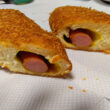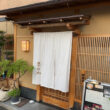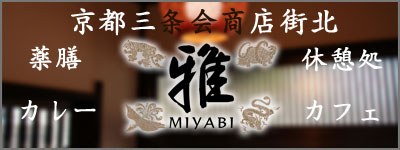Tsubakuro Easy Cookbook, Vol. 1.
Posted date:2025-06-10Author:つばくろ(Tsubakuro) Transrator:ポンタ(Ponta)
Category:Others
広告
adsense4
For starters
In this newly launched section titled “Tubakuro Easy Cookbook” the columnist will introduce a variety of simple yet delicious recipes for those who live alone, those find cooking tedious, and those who are stuck on a daily menu.
In introducing recipes, I try to take caution not to make the people who read about them not to feel uncomfortable as soon as reading about them.
“It might be tasty, but it looks bothersome. I’d eat it if someone would make it for me.”
I won’t feature any dishes here that would cause readers to have such impression.
The basic stance in this section is to provide information on how to prepare tasty menus that anyone can make quickly and easily.
What is the reason for this?
The answer is really simple.
This is because I, myself, usually cooks only such dishes.
Basic chilled Chinese noodles that you will suddenly want to make
Columnist, who is not fond of summer heat, came up with this recipe in mid-May when the temperature began to rise.
I thought of a refreshing summer menu that can be made without using fire as much as possible, and came up with the idea of chilled chuka.
The only time fire is used is when broiling eggs, making sauce, and boiling noodles.
The toppings are colorful, including ham, cucumber, tomato, broiled egg, and red ginger, making this dish look appetizing and authentic.
The ingredients (For two people)
2 bowls of Chinese noodles
1 Cucumber, shredded
8 slices ham (shredded) or roast pork (shredded) (ham in this case)
3 eggs (broiled)
1 tomato, cut into 4 pieces
10 g of red ginger
Sauce
50 cc of soy sauce
60 cc of vinegar
70 cc of water
30 g of sugar
2 teaspoons of sesame oil
1 pinch of salt
A pinch of soup stock
Mayonnaise and mustard to taste, as needed
How to make
1: Making sauce. Add all the sauce ingredients to the pan and turn off the heat when the sugar melts. It is better to boil it a little to release the vinegar, which make the taste mellow and delicious.

Photo of sauce in the pan
2: Cut the ham into small pieces. Choose grilled pork if you prefer.
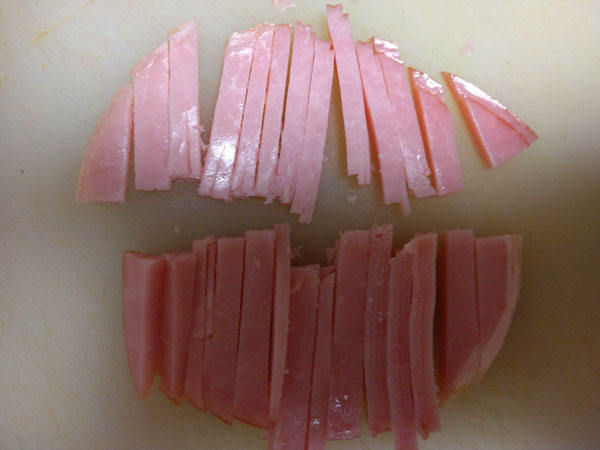
Photo of ham cut into small pieces
3: Make cucumber shredded
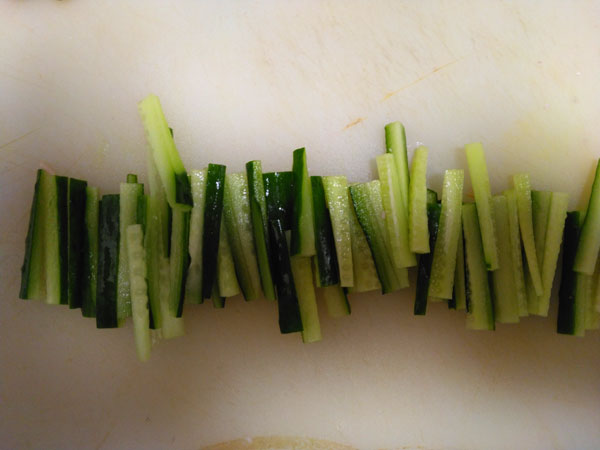
Photo of cucumber shredded
4: Beat 3 eggs in a bowl, lightly oil a frying pan, and cook 3 thinly sliced eggs; stack 3 eggs on top of each other and shred to make a broiled egg.

Photo of the broiled egg
5: Turn the tomato into hot water and cut then into 4 pieces
6: Boil Chinese noodles in plenty of boiling water for 2 to 3 minutes
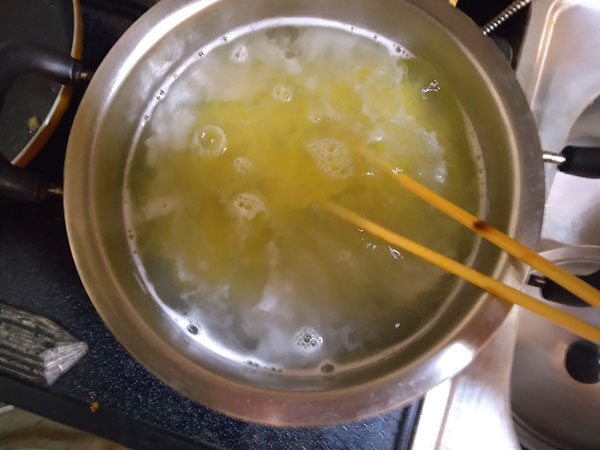
Photo of boiling Chinese noodles
After boiling the noodles, quickly drain in a colander and sprinkle with water.
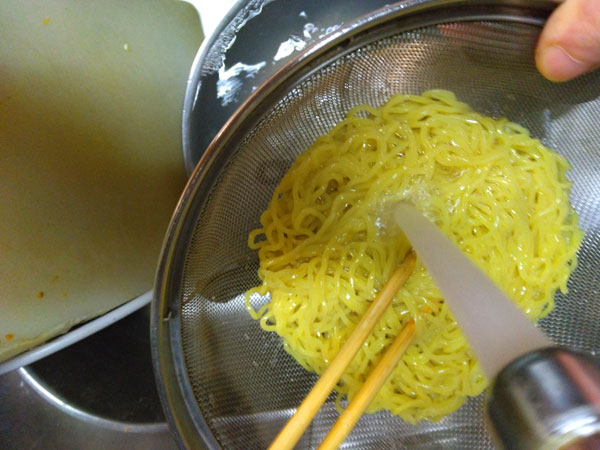
Photo of Chinese noodles exposed in water
7: Put boiled Chinese noodles in a glass bowl filled with ice, and arrange chopped ham, cucumber, egg, tomato, and red ginger on top. Drizzle the sauce over the noodles and top with mayonnaise and mustard to taste.
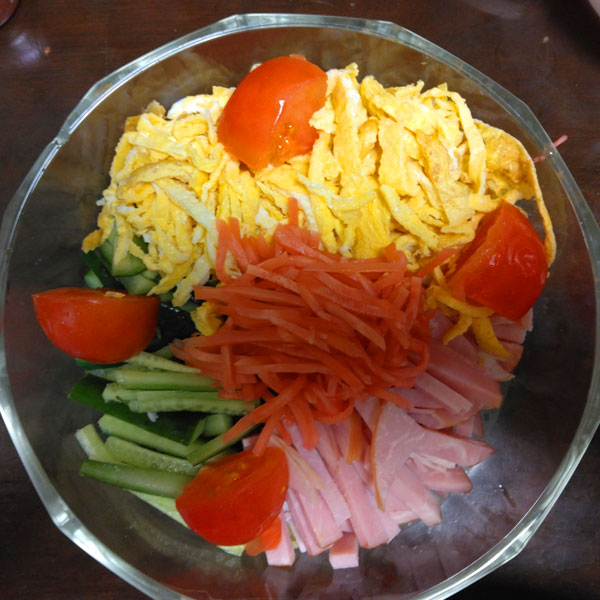
Photo of the finished chilled chuka
One word from the columnist
The homemade sauce is the key to the authentic taste of chilled chuka, but in fact, there is an unexpected pitfall.
It is the amount of soy sauce and sugar used in the sauce.
As is true with any cold dish, people’s sense of taste inevitably becomes dull when they taste something cold.
Therefore, in order for cold food to taste good, it must inevitably be heavily seasoned.
The chilled chuka I introduced here is no exception, using a very large amount of soy sauce and sugar.
Even if the food is delicious, it is not a menu item that should be eaten frequently for health reasons.
Cabbage salad with hot water
This dish is a very healthy alternative to chilled chuka. In fact, it is a menu item that the columnist came up with as a desperate measure after eating too much chilled chuka and rapidly gaining weight.
The ingredients are a parade of low-calorie items, such as cabbage, green bell pepper, fried bean curd, chikuwa, and wakame seaweed.
Drizzle this with a non-oil dressing and the columnist has been eating it every day for some time now.
It is very simple to make, very palatable and extremely suitable for summer!
When I eat cabbage, green bell peppers, and other vegetables raw, I by any means feel like I am a rabbit.
I can’t eat so many of them.
However, it is wonder that a quick splash of hot water not only softens the raw vegetables but also gives them a chewy texture that enhances their deliciousness.
In addition to vegetables, this salad is a menu item that brings together wakame seaweed, which contains many minerals, fried bean curd, which is made from soy protein, and chikuwa, which is rich in protein.
All you have to do is cut the ingredients and pour hot water over them.
It takes only 10 minutes.
The ingredients
Half-sized cabbage (600g)
4 Green Bell Peppers
1 sheet of fried bean curd
4 chikuwa
5 g of dried cut wakame
The dressing sauce you prefer
How to make
1: Cut cabbage into large chunks
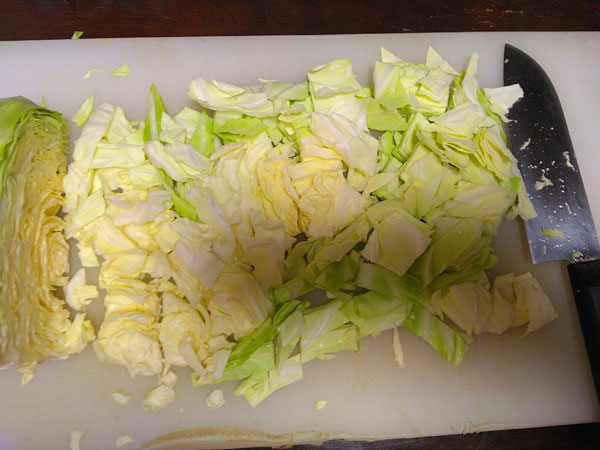
Photo of cabbage cut into large chunks
2: Cut 4 green bell peppers lengthwise, remove seeds, and shred lengthwise.
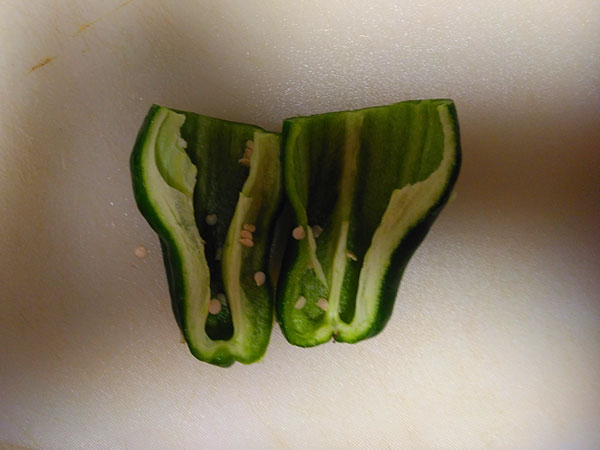
Photo of green bell pepper cut lengthwise
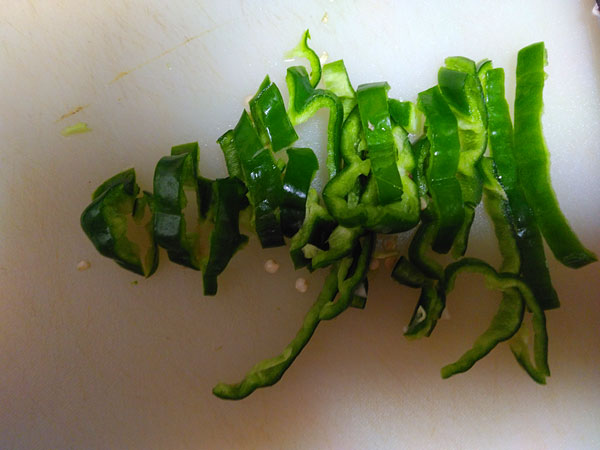
Photo of shredded green bell pepper
3: Cut fried bean curd into 1 cm wide pieces

Photo of fried bean curd
4: Boil plenty of water in a pot.
5: Put cabbage, green bell, pepper, fried bean curd, and dried wakame seaweed in a colander and break them up from there with rapeseed chopsticks while quickly turning the boiling water.
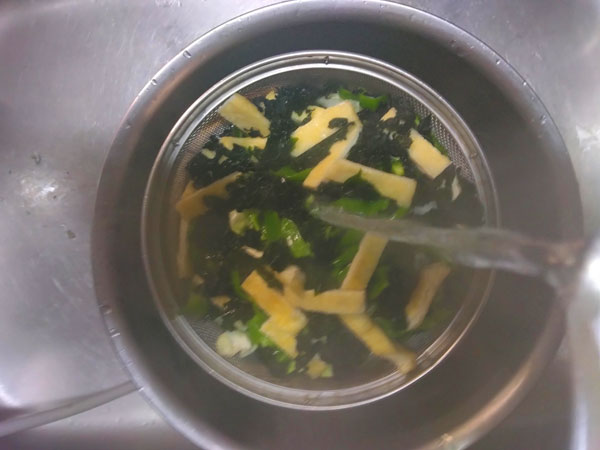
Photo of turning boiling water
6: When the ingredients are wilted, drain and remove from heat.
7: Cut 4 pieces of chikuwa into 5 mm width.
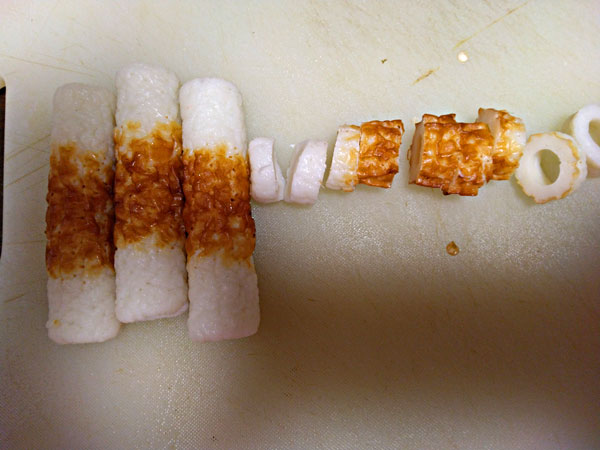
Photo of chikuwa cut
8: Put the cabbage, green bell pepper, etc., which have been removed from the heat, into a Tupperware or other container, add the chikuwa and dress with the dressing.
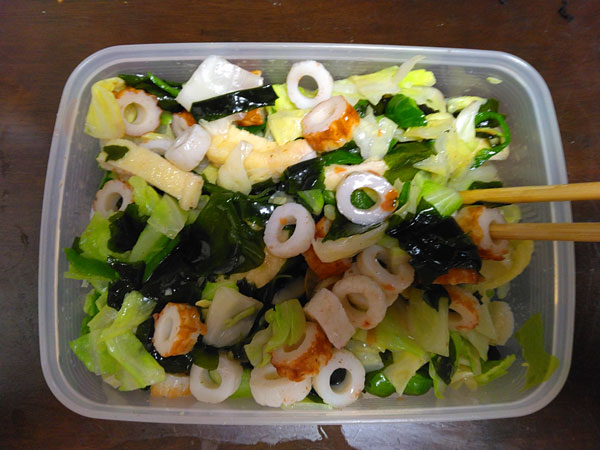
Photo of the finished salad
One word from the columnist
This salad is delicious eaten right away, but it is crispier and more palatable if refrigerated for an hour or so.
The vegetables used this time were only cabbage and green bell pepper, but adding mushrooms such as shimeji mushrooms would be even better for the body and enhance the flavor.
This is a recipe that the columnist came up with, and when I introduced it to someone, she liked it and eats it every day.
What I hear is that the person tops the salad with a fried egg. This is a menu item that can be arranged in various ways depending on the creator.
The conclusion
The new “Tubakuro Easy Cookbook” will feature menus that can be used immediately in everyday cooking and that can be applied in a variety of ways.
In fact, I cook daily to avoid tedious and time-consuming cooking as much as possible, and the menu items I will introduce in the future are all based on this purpose.
At the same time, I would like to focus on menus that are seasonal and budget-friendly.
Finally, I would like to mention about the photographs.
It goes without saying that photographs play important role in introducing cooking procedures, but the environment in which I am shooting is neither in a studio nor with an assistant by my side.
Because of this, limitations and inadequacies in terms of lighting and shooting angles inevitably occur.
I will do my best, but I appreciate your understanding that some image may not be so good.

Author
つばくろ(Tsubakuro)
I was born and raised in Kyoto and am a native Kyotoite.
When I was young, I longed to visit Tokyo and Osaka, which are more bustling than Kyoto, but as I have gotten older, I have come to appreciate Kyoto a little more.
In this site, I will introduce you to some of the best places to explore Kyoto's food that you might otherwise miss at first glance.

